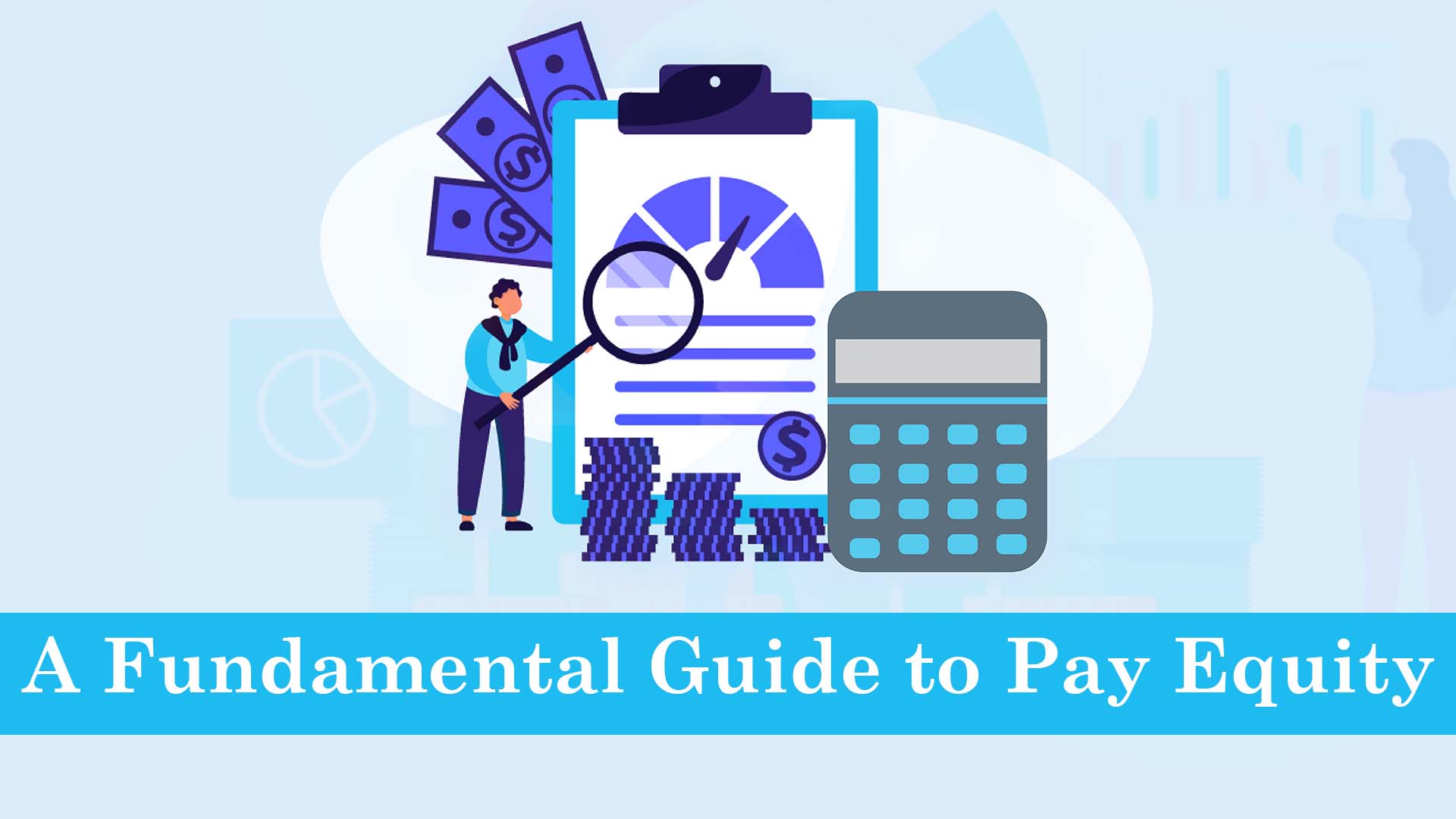
The major driving force for employees is their payroll at the month’s end. Employees invest a primary portion of their routine in their jobs to get paid equivalently. The phenomenon of engaging yourself with an organization in exchange for relevant recognition and respect is expected by the employees. The determinants which act as an acting factor are passive. An employee seeks passive loyalty from the organization’s end through payrolls.
What is Pay Equity?
Pay equity highlights the phenomenon of equal pay for employees based on their job roles and responsibilities and not facing discrimination or biases based on gender, age, or defining characteristics. Pay equity revolves around eliminating the grounds of biases and providing deserving credit to employees for their work or services at a particular organization.
Equality in the payroll system has been a slow process. The equity in pay terms has developed over a while. Discrimination or partial treatment could be done to put one’s superiority above others. The social system of function has always segregated certain groups based on their gender, background, or race.
Pay equity revolves around equal pay for work of equal value. It reflects that if multiple jobs contribute equally to the employer’s operations, organizations should pay those multiple employees efficiently.
Brief History of Pay Equity and the Role of Government
The history of pay disparity ages back from the beginning of civilization. The gender gap and race pay gap have existed for decades. The wage gap based on gender and ethnicity has been prevailing for decades. And the address, as well as acknowledgment of such disparities, has been a slow process.
It started in the 1860s when uneven wage distribution was seen as a political issue. Social reformers and revolutionaries started to protest against this issue actively. In 1920, with the right to vote for women and the ratification of the nineteenth amendment, women’s status improved in society. A sense of inclusion and plurality while being a part of a social setting was quite persistent after this. In the 1940s, the “Prohibiting Discrimination in Pay on Account of Sex” was introduced in the House. The following suggestion highlights the unfair labor practices in the National Labor Relations Act of 1935. Yet this bill never passed through Congress.
In the 1960s, developments like the Equal Pay Act (1963) and Title VII of the Civil Rights Act paved a definite path for equity among people. Certain developments allowed women and people who were discriminated against once based on their ethnicity to attain a qualified equal basis of pay. Until the 1970s, pay disparities have become a nationwide political issue on which several public figures openly reflected their opinions. Political leaders like Kennedy have resented the phenomenon of pay disparities based on gender or race. At that time, women were only paid 59% of what men earned.
In 2007, the landmark case of Ledbetter vs. Goodyear Pre Rubber Co. was a milestone in pay equity regulation. The case was about an employee suing an organization for paying her uneven wages for the last 15 years. A notable judgment gave rise to the Lilly Ledbetter Fair Pay Act (2009), signed by then-president Barack Obama, which extended the reporting period of harassment or violation at the workplace. In 2010, then vice president Joe Biden suggested a Recommendation of the National Equal Pay Enforcement Task Force, which avails a layout for federal agencies to work to improve compliance with federal compensation discrimination laws.
Federal regulatory bodies like the Government Accountability Office (GAO), Office of Personnel Management (OPM), and Equal Employment Opportunity Commission (EEOC) work rigorously toward bettering the situation of gender and race-based discriminatory disparities. Since then, pay equity has been rising at a low rate based on gender and race, yet not matching up the level of equity completely. Currently, women still earn 83% of what men earn.
Importance of Pay Equity
Before relying upon the importance of pay equity, let’s examine who is most expected to be discriminated against while being paid at the workplace. Primarily, gender-based discrimination and the phenomenon of inequity prevails in the workplace, which is quite evident in many situations. For example, if two employees work under the same job profile and one is getting paid more than the other only because one is men and another person is a woman. Such disparities are accountable for being called out.
Secondly, ethnicity-based discrimination does prevail also. Lately, through past research, it has been found that employees of African origin and those of Latin origin face ethnic discrimination in the workplace. Lastly, employees with disabilities probably face passive discrimination as certain inclusive and accommodative setups don’t prevail in every industry or organization.
Talking about the importance of pay equity is crucial. As a human civilization, we have upgraded our pattern of functioning pretty efficiently. To cope with the discrimination mentioned above at the workplace or in the payroll distribution process, a lenient and supportive regulation system should work in motion. The reporting and acting body must stay particularly intact while working on such complaints. Pay equity is mandatory to maintain a sense of equity and inclusivity. Employees working at prominent organizations would feel more obliged to work with utter investment in the organization.
Pay Equity Around the World
According to United Nations data, women are only getting 77 cents for every dollar men to earn. It reflects that women are slowly retiring into a poverty-driven pattern. It is widely accepted that pay inequality exists in every country and every prevailing sector. Even being used to progressive working, such phenomena do exist. Even acknowledging such issues wouldn’t help, but the lawful implementation of norms and regulations would help a bit.
According to World Economic Forum, women are 267.6 years behind gender parity in economic participation and opportunity. With such extreme parameters to be met, gender parity remains a distant dream. Moreover, one hundred fifty-six countries’ index calculation of progress towards gender parity is brutally slow and not progressive aggregately.
To conclude what has been mentioned above, pay equity seems like a simple phenomenon to be attained yet quite complicated at several layers. Yet, with regulatory bodies’ formal and intensive intervention, things would improve, and gender parity could be seen.



